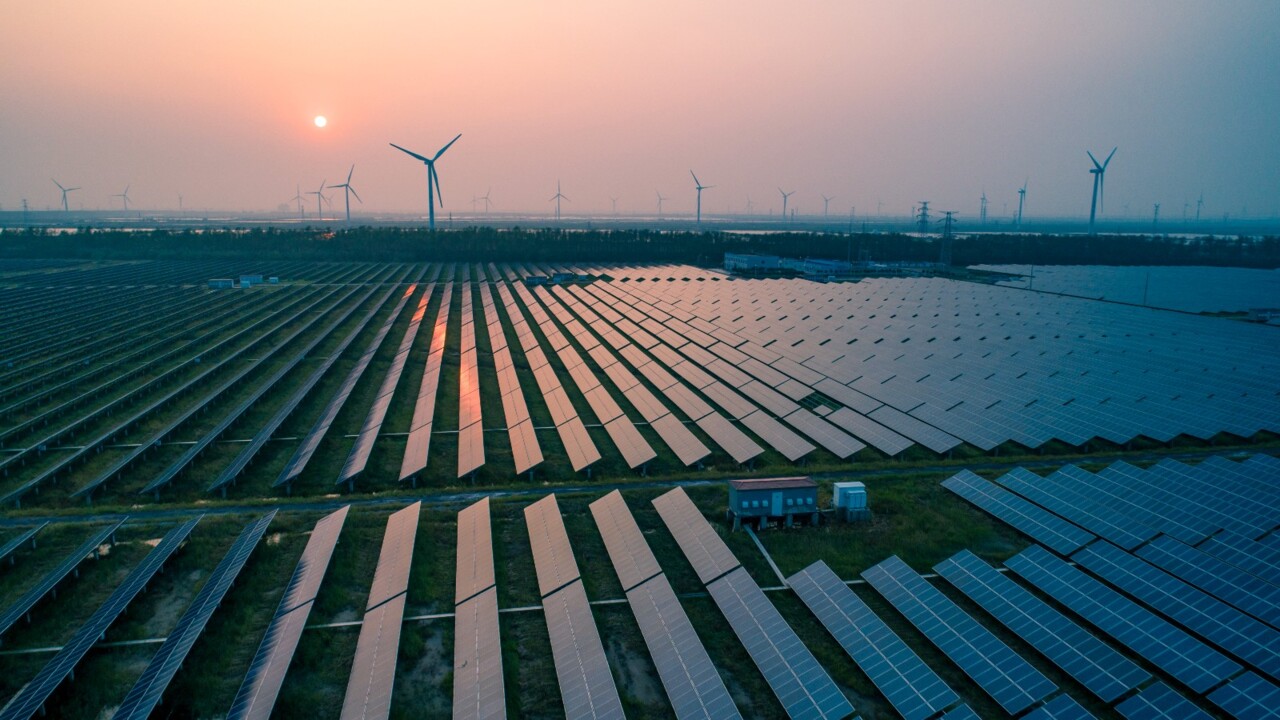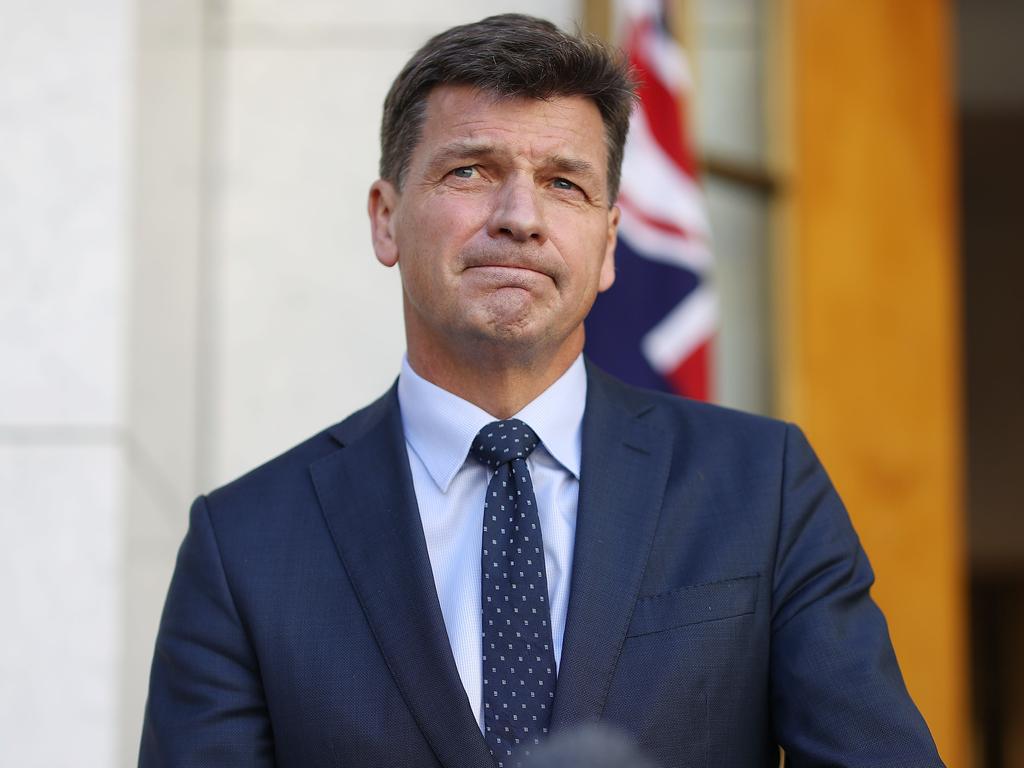NSW gives green light to a green hydrogen future
The NSW government will incentivise the production of green hydrogen as a fossil fuel replacement in a nation-leading policy.

The NSW government will incentivise the production of green hydrogen as a fossil fuel replacement in a nation-leading policy that is forecast to help significantly decarbonise the economy and position the state as a global exporter of the energy source.
The hydrogen strategy, to be announced on Wednesday, will set aside $3bn to exempt businesses from government taxes and network charges if they invest in green hydrogen production, a move forecast to grow the economy by $600m over the next decade.
Premier Dominic Perrottet will sell the scheme as one that will develop a commercial hydrogen industry and create the local supply chains in NSW that will ultimately lower its high production costs.
The strategy, seen by The Australian, is wide-reaching in its ambition: the government intends to build numerous hydrogen hubs, including some near major shipping ports, and establish hydrogen refuelling networks across strategic freight routes.
Other “stretch targets” for 2030 include a production benchmark of 110,000 tonnes of green hydrogen per annum, creating 700 megawatts of electrolyser capability, and reaching a price per kilogram production cost of $2.80.
It also plans to convert a fifth of its heavy vehicle fleet – 1800 vehicles – to green hydrogen by 2030, a move that alone will create demand for 10,000 tonnes of hydrogen per annum, or about 70MW of electrolyser capacity. “Our major trading partners see hydrogen as part of their energy future, and this state has the skills, infrastructure and renewable energy resources to compete globally in this new industry,” Mr Perrottet said.
As a critical piece in the decarbonisation puzzle, hydrogen holds promise on numerous fronts, including as a replacement for petrol and diesel, for on-demand electricity generation, and as an international export.
The government says that increasing its use of hydrogen will help the state halve its emissions by 2030 and reach its net-zero emissions targets by 2050.

The problem with green hydrogen has always been the expense of producing it. It is formed by splitting water into hydrogen and oxygen using a renewable-powered electrolyser, a costly method but one that is greener and more desirable than grey or blue hydrogen alternatives.
Grey hydrogen is produced from fossil fuels that create CO2 emissions, while blue hydrogen also requires fossil fuels but the CO2 is captured and sequestered. Both are currently significantly cheaper than the green hydrogen sought by the NSW government.
Its strategy says the starting costs for green hydrogen will be near $8 per kilogram, but will be lower due to exemptions, concessions, and as cheaper renewable energy becomes available.
“Further cost reductions can also be achieved through technology innovations and the falling cost of renewable energy to put us within reach of $2 per kg by the end of the decade,” it says.
The median price of green hydrogen production is currently five to six times that amount, and more in some cases, across the US and Europe.
Cheap and ample production bodes well for NSW, with the policy devoting significant space to the hydrogen needs and targets of countries including Japan, Korea, Britain and France. Germany has launched a €900m ($1.4bn) import initiative for green hydrogen that will use reverse auctions to bid for the energy.
Mr Perrottet and NSW Treasurer Matt Kean, also the Energy Minister, are scheduled to announce the strategy with mining billionaire Andrew Forrest, one day after the Fortescue Metals chairman said his company would build the world’s largest green hydrogen manufacturing facility in Central Queensland.
“This is about future-proofing the NSW economy and future-proofing the Hunter and the Illawarra by creating a new industry that will be as big as the existing coal industry for the state,” Mr Kean told The Australian.
Beyond 2030, the strategy says, green hydrogen could become competitive with other “hard-to-abate sectors” including steel, shipping and aviation, as production costs continue to fall.
Other major energy distributors are also backing the plan, including Jemena, which has built a hydrogen project in western Sydney slated to begin operations by the end of the year.
“The strategy places Australia well on the path towards becoming a hydrogen superpower,” said Shaun Reardon, Jemena’s general manager of networks. “We know that green hydrogen has a central role to play in the decarbonisation of the NSW gas distribution network, and it will prove crucial in powering those industries that can’t be easily electrified, such as manufacturing.”








To join the conversation, please log in. Don't have an account? Register
Join the conversation, you are commenting as Logout